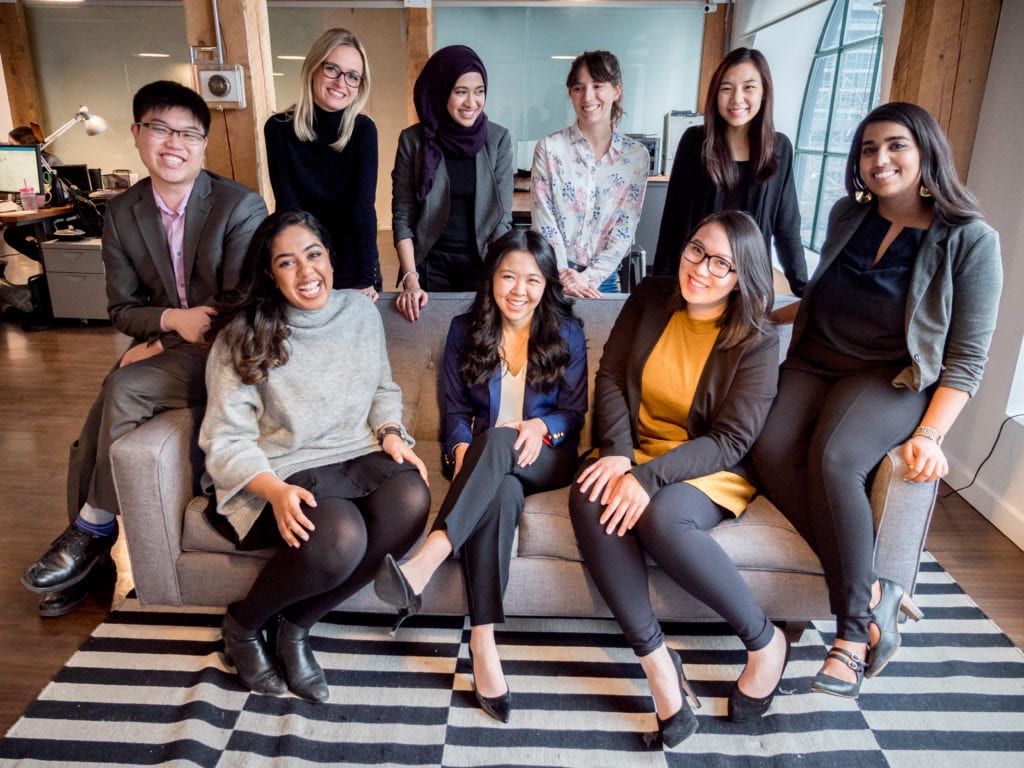
CLEAN WATER, CLEANER PLANET
How a group of student activists reduced plastic waste and improved drinking water quality.
A PROBLEM YOU CAN TASTE
It’s often easy to forget that well-developed cities also suffer from poor water filtration. For the students of Saunders Secondary School, it was impossible to ignore.
Saunders Secondary School is home to 2,000 students and 120 teachers in London, Ontario. For a long time, students complained about the bitter taste of the water that came out of the drinking fountains.
As a result, they resorted to drinking strictly from plastic water bottles.
